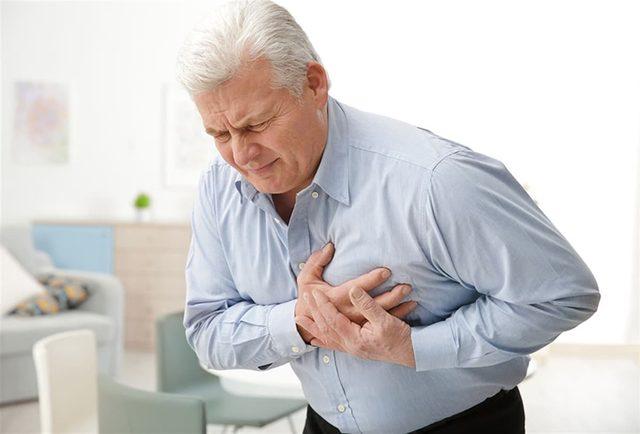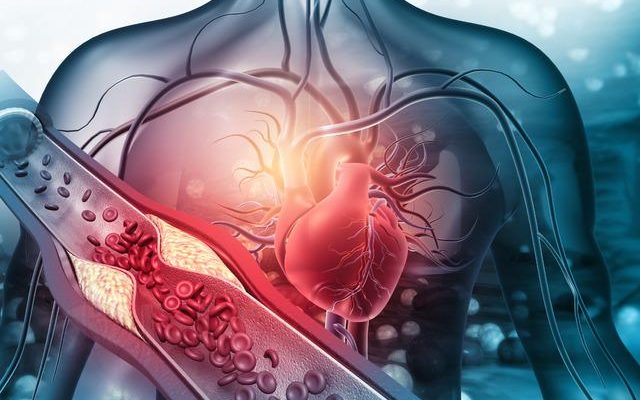Especially in the morning, the place of butter spread on hot bread is different, but you may not want to eat it after learning about its harms. So how do we distinguish this oil?
ORGANS DO NOT OXYGEN
Atherosclerosis is caused by excessive fat accumulation in the veins. All organs in the human body need oxygen, so blood that can carry enough oxygen is needed. Atherosclerosis in any part of the body causes oxygen deficiency in the organs. Atherosclerosis can be corrected with doctor’s intervention and regular nutrition. Especially vitamin C deficiency causes damage to the vascular walls. Even if vascular occlusion, which is seen in many people in our country, is treated, it can reoccur if it is not fed properly.
WARNING FROM EXPERTS
Experts warn about the harms of butter and similar foods to the body. A blood clot resulting from injury is a crucial mechanism that can stop potentially dangerous bleeding. However, gel-like clumps that appear for no good reason can pose serious health problems. What you eat worryingly can trigger this process.

ATTENTION TO NUTRITION!
You should pay attention to nutrition to minimize the risks that can cause blood clots in the body. Margarine can cause coagulation. At the same time, margarine has become even more dangerous with its trans fat content, which is the most dangerous oil in recent years.

OPENING DOORS TO DISEASES
Trans fat is a type of fat that is very harmful to health. Consumption of this type of oil in large quantities; It poses a risk for many diseases such as diabetes, high cholesterol and heart diseases.

FOODS WITH THE MOST TRANS FAT
Commercial bakery products such as cakes, cookies, pies
frozen pizza
French fries and fried food
Non-dairy coffee creamer and margarine

THE DAMAGES ARE SCARY!
May increase your risk of heart disease
May trigger insulin resistance and type 2 diabetes
May increase inflammation in the body in people who are overweight or obese
Trans fats can damage the inside of your blood vessels
Increases risk of coronary artery disease

SYMPTOMS OF BLOOD COAT
difficulty breathing
general fatigue
Tenderness and pain in the legs and arms, such as chest pains
muscle weakness
Confusion caused by poor blood flow to the brain
